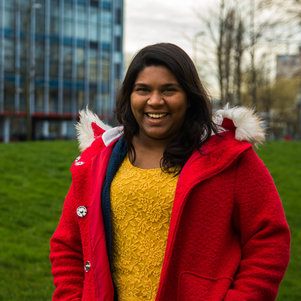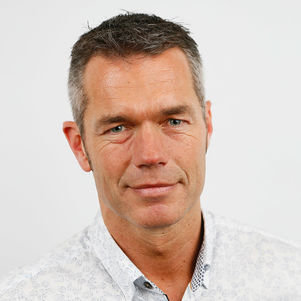Using traffic and transport technology to support contact research
Panchamy Krishnakumari
With contributions by Oded Cats and Serge Hoogendoorn
In the past decade, sensing in traffic and transport has taken a massive leap. Whether it is the use of chipcard data, floating car data, social data, surveys, GPS, Wifi, Bluetooth, 3D cameras, emotion detection, or Lidar, we have a far better picture of the operations in transportation systems. We believe that these data provide an important source of information for understanding, predicting and preventing the spreading of the coronavirus. This could be achieved via looking at travel patterns and locations where many people come together, or by using advanced sensing techniques to enhance the functionality of apps. In addition to data, we can use advanced simulation modelling to identify the impact of strategies on virus spreading in for example public transport, taxis or demand responsive transport.
Different existing data sources can be used to investigate travel patterns. Some of these data can provide vulnerability analyses of different areas at different scales (macro and micro). Macro-level data can be used to understand, identify, and separate the contact network, whereas microdata can be used to conduct partial to complete contact tracing.
Time-dependent origin-destination matrix is an example of macroscopic data that can be used as a proxy for contact networks. We can analyse how these origin-destination matrices (obtained by upsampling data from e.g.: Mezuro or Vodafone) correlate with the virus spread (open-source covid19 datasets). This allows for examining the connectivity of the contact network and community identification and separation to reduce the virus spread. Complementing these data sources with demographic data such as open-source CBS data can further aid in identifying vulnerable communities (older people, low income, etc.) and reducing connectivity to these areas.
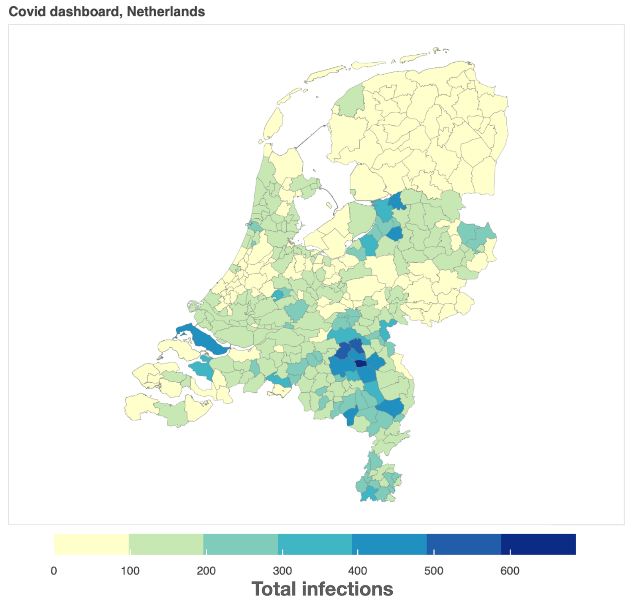
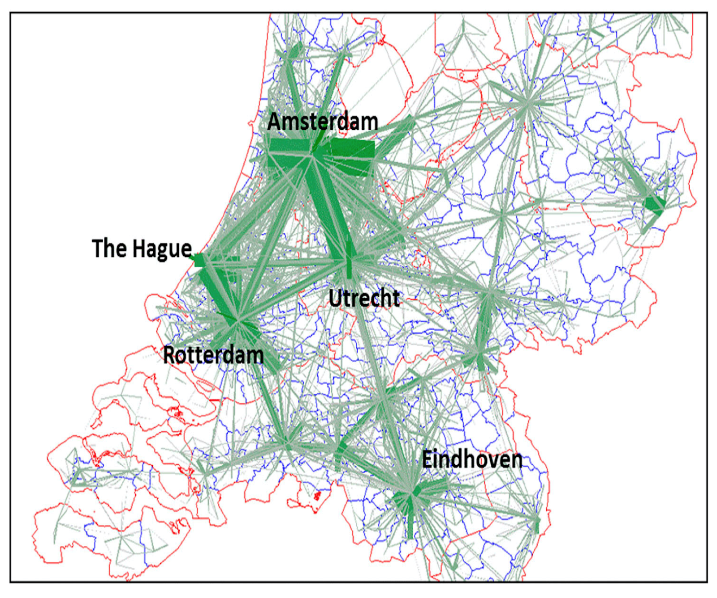
Another important data source that can be leveraged is the camera data from different public spaces, such as buses, train stations or bike parking locations. Even though thes data might not be detailed, they can provide rough estimates of crowding and can be used to identify vulnerable locations for point of contact within these spaces.
Some of the existing microscopic data sources can be used to conduct complete or partial contact tracing such as chip card data or individual traces from mobility apps like travel diaries, cell phone data, and innovactory data. It has already been shown that chip card data can be used to provide a complete picture of the contact network within the public transport system. However, the individual traces only provide a sample of the population. This is still relevant as removing even one person from the spread chain can be consequential for such a contagious disease.
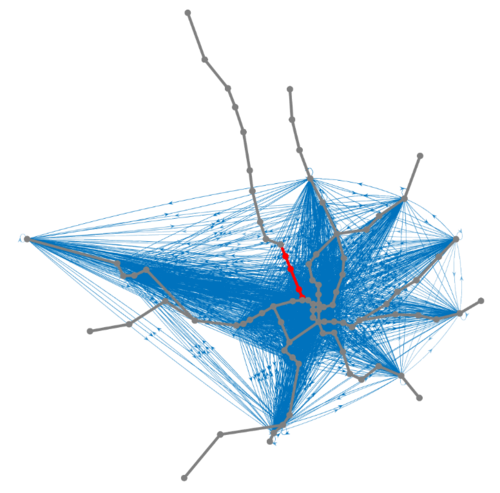
People sensoring is well developed in transport. These detailed data can be used for many purposes, including model development and validation, surveillance and enforcement, and crowd and traffic management. An excellent example is the GDPR compliant SmartStation concept in which various sources of data are combined to provide a very detailed picture of traffic and travel patterns.
Dr. Panchamy Krishnakumari
Panchamy Krishnakumari is specialized in traffic data analysis. Her research focuses on pattern recognition of large-scale metropolitan networks. Together with colleagues, she combines the field of complex networks, epidemic modeling and data to study some of the challenges faced by public transport amid the coronavirus pandemic.
Prof.dr.ir. S.P. (Serge) Hoogendoorn
Serge Hoogendoorn specialises in traffic management. He focuses on observing, understanding and modelling traffic flows in networks. His main interest lies in the control principles needed to do this in the best possible way. Hoogendoorn and his colleagues are now using their knowledge and experience in this field to shape our mobility within the 1.5 metre society.
More information
Dr. Oded Cats
Oded Cats is specialized in Passenger transport systems. His main research aim is to develop network, operations and behavioural models for multi-modal passenger transport systems. Together with colleagues, he develops empirical knowledge and tools to support the role of public transport in the 1.5m society.
Meer informatie:
Smart Public Transport Lab
Openbaar vervoer en deelmobiliteit in en na de coronacrisis

